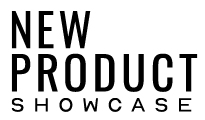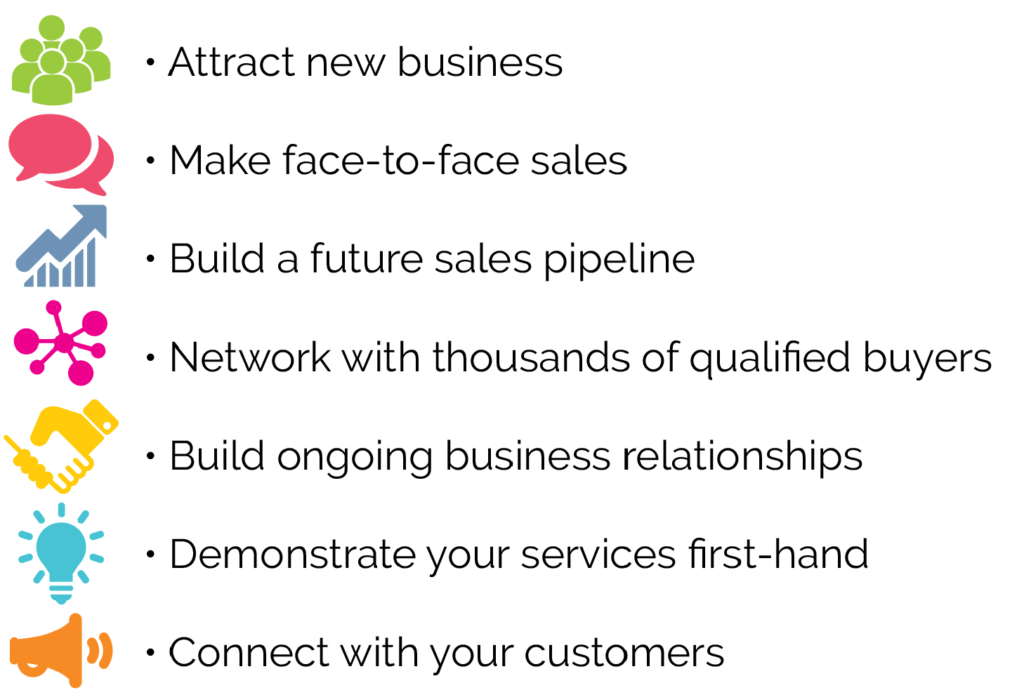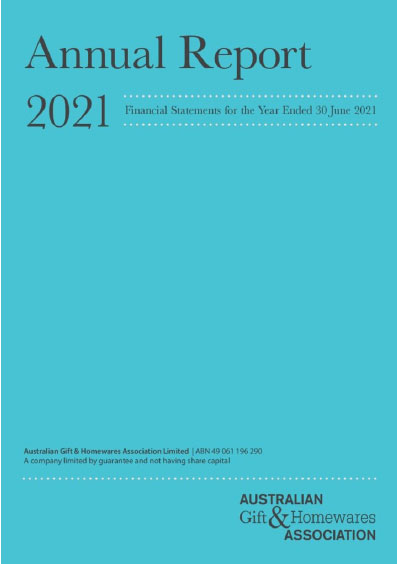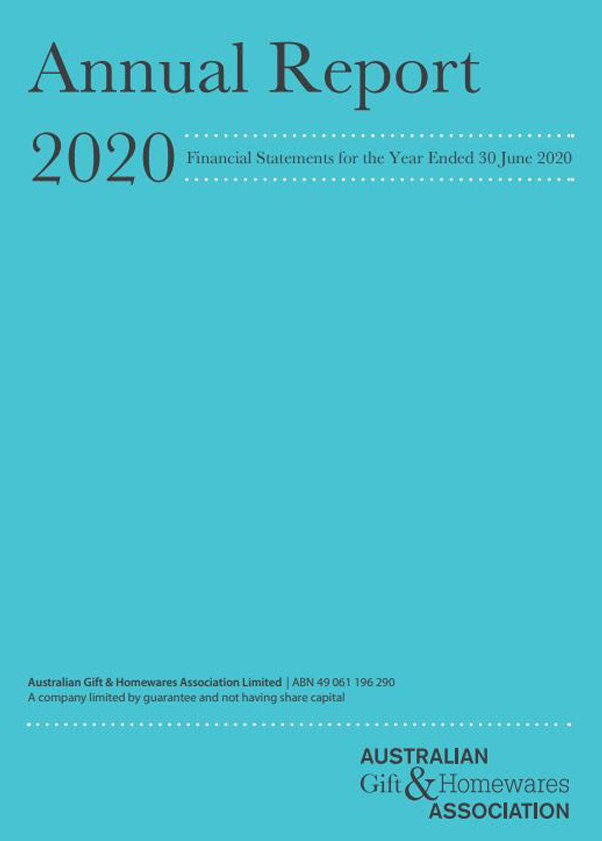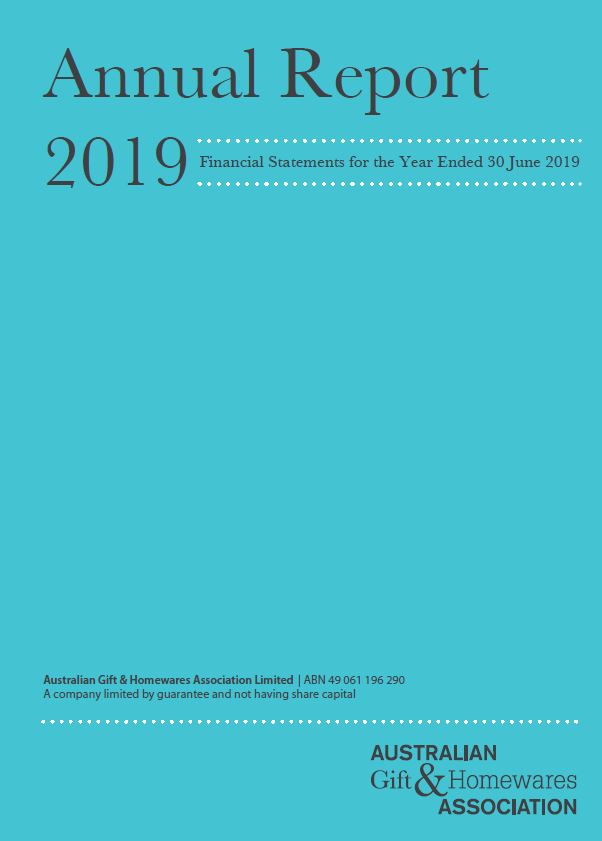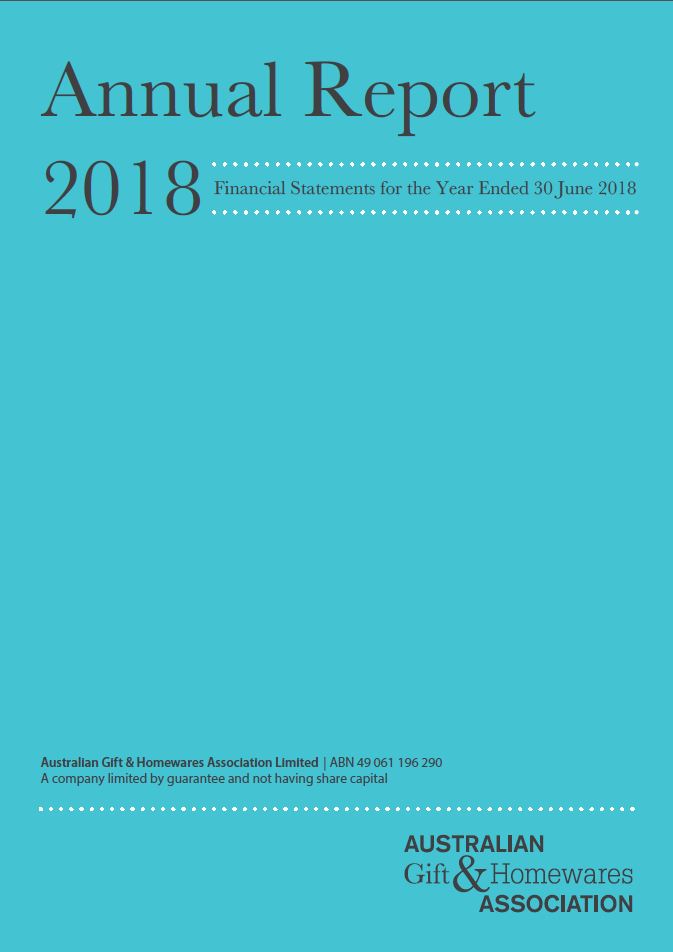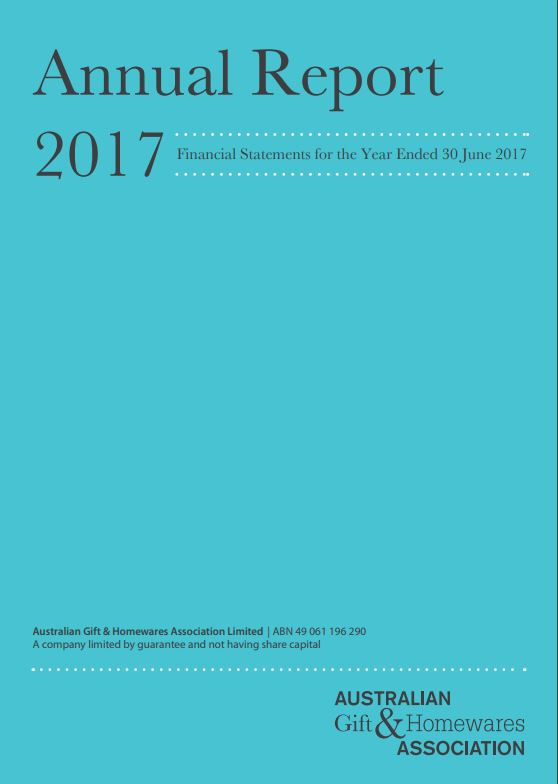
Intellectual Property is extremely valuable to your business. We have had many questions from AGHA Members about protecting these valuable Intellectual Property rights. We hope this question and answer gives you a clearer understanding of your rights and how to protect them.
Please contact Lynne Grant or Nick Miller at Hunt & Hunt Lawyers if you have any queries or if we can assist you.
Q: What is my intellectual property?
Intellectual Property, sometimes referred to as IP, is the “application of the mind to develop something new or original” (IP Australia).
IP is found in various forms; including:
- Registered and unregistered trade marks
- Copyright
- Registered designs
- Registered patents
- Domain names
- Confidential information
From a legal perspective, there is a difference between domain names and confidential information. However, practically speaking domain names and confidential information are usually referred to (and treated as) forms of Intellectual Property.
Q: How do I protect my Intellectual Property?
Some rights require formal application and examination in order to obtain protection (eg. registration of trade marks, patents and designs) while some have immediate effect upon creation (eg. copyright) without the need for more formal steps.
Protecting your Intellectual Property is an important part of running a successful business and can add significant value to your business.
Q: Does Intellectual Property exist just in the end product?
Intellectual property does not just exist in the end product, it can also exist in the design of the product, the process to manufacture or create your product, the marketing materials you use, your company or business logo, your website address and more.
Q: Do I have copyright?
Copyright can be found in literary works, artistic words (including logos), works of artistic craftsmanship (eg. jewellery), buildings, music, sound recordings and more. For copyright to exist there must be some intellectual skill or effort in the creation of the works.
Copyright exists from the moment the work is created. There is no registration process.
It is good practice to use the words “copyright” or the “©” symbol to indicate to others that you have copyright in the work. Ideally after the symbol you would insert the copyright owners name and date, possibly just the year, of creation. If you notice that someone else is using your copyright work, you may be able to take action against them for infringement. By using the words “copyright” or the “©” symbol, you are putting others on notice that you have IP rights you wish to protect.
Q: I have a service provider who designed by logo, website and brochures. Do I own the Intellectual Property?
Not necessarily. Even if you have paid for the logo, website or brochures to be designed, unless the IP rights have been specifically transferred to you, which is usually best done by a written agreement, then you won’t exclusively own the Intellectual Property. Often, this will not be included in the standard terms that may have been given to you by your designer. This can cause issues when seeking to taking infringement action against a person you believe has used your Intellectual Property and it can also cause issues if you are seeking to sell your business, as the person buying the business will want proof that you own and can use all of your valuable Intellectual Property.
You can fix this problem by a short agreement between you and the designer, but you should seek legal advice if you think this might be a problem in your business.
Q: How do I protect the appearance of my product?
A registered design protects the appearance of a product. This can be any type of product including watches, jewellery, housewares, textile goods and leisure goods.
It cannot be too similar to an earlier design published anywhere or used in Australia and it need not have any aesthetic purpose, it may be purely functional.
A design registration must be made before publication of the design or its use in public.
Q: What is a patent?
A patent is a right that is granted for a device, substance, method or process that is new, inventive, and useful. There are two types of patents in Australia – standard and innovation. A patent gives the patent owner exclusive rights to commercially exploit the invention for the life of the patent. A standard patent gives you protection for 20 years from the date of filing, whereas an innovation patent gives only 8 years protection from the date of filing.
While the protection is beneficial, it can be time consuming and costly to secure a patent. You must also make all information about the patented good or application publicly available. Once the patent period has expired, then anyone else is free to make use of your patented goods or method. It will always be a question of balancing the costs against the benefit of protection.
Q: How can I protect my confidential information?
Confidential information can be very valuable to your business. You should be careful about disclosing confidential information. Limiting the people who have access to confidential information is the best practical method of protecting your business. You can also require third parties to enter into confidentiality agreements before you give them access to your confidential information. A good letter of employment would also contain appropriate confidentiality restrictions.
Q: How can I protect my images on my website / social media so people don’t just take a photo of my product and have it made?
It is important to take steps to deter infringement by including a copyright notice on the image or elsewhere on the website. As mentioned above, the copyright notice should include at least the word “copyright” or the “©” symbol, the name of the copyright owner, and the creation date.
If you find that replica goods have been made and are being sold in Australia, you (or your lawyer) might send a strongly worded letter of demand to the stockists in Australia alleging infringement of your IP. In reality, it can be difficult to enforce your rights against people overseas.
We have sent letters of this nature for clients in the past (both large and small) and we have had success in stopping the sale of products infringing our client’s IP rights.
Q: How can I take on a huge company when I see they have stocked an exact replica of my product?
If you have a design registration or patent registration, you may be entitled to rely on those registrations to prevent another person selling a replica product. In some instances, copyright provides a right to prevent another person selling a replica product, but this is a complex issue which needs to be considered on a product by product basis. Unlike patents and designs, copyright protection is not dependant on any registration. There may also be trade mark infringement if your trade marks or logos have been copied.
Q: I am only small, I can’t fight bigger companies, what are my options?
IP court proceedings can be costly. However, a pre-litigation letter of demand may be sent to the infringer, and is often an effective means of bringing about a resolution of a dispute without commencing proceedings. A letter of demand followed by settlement negotiations can also be significantly less costly than court proceedings.
Q: What proof do I need that my IP has been ripped off?
The answer really depends upon the form of Intellectual Property rights that you have.
You will need to establish that you have an Intellectual Property right and that it has been infringed. The proof of this could be in all sorts of forms – it may be a screen shot of a website, a stockist list, copies of brochures and the like. There are some defences which may be available to a third party and so you may wish to speak with your lawyer before sending a letter alleging your IP has been infringed.
Prepared by Lynne Grant (Special Counsel) and Nick Miller (Partner), Hunt & Hunt Lawyers
Lynne Grant , Special Counsel
D +61 3 8602 9246
E lgrant@hunthunt.com.au
Nick Miller, Partner
D +61 3 8602 9269
E nmiller@hunthunt.com.au





